Cubicus Boxfish EXPERT ONLY
$41.99
-
Select Variant
The Cubicus Boxfish is also referred to as the Yellow Boxfish, Polka Dot Boxfish as well as Cube Boxfish. The juvenile form is recognized by its yellow body that is shaped like a box and brown-colored spots. When it matures the yellow will fade and the color will change to brown. Cubicus Boxfish is sometimes confused with the Longhorn Cowfish, Lactoria cornuta that is sometimes referred to as the Yellow Boxfish.
This is a challenging fish to keep in an aquarium by anyone except a knowledgeable aquarist. It needs to have at least a 125 gallon tank. Take care when you are putting this Spotted Boxfish in a reef tank because they are known to bite at tubeworms. When stressed it can cause Cubicus Boxfish to release a poisonous substance called ostracitoxin through its mucous glands that can kill other fish very quickly.
There has been very little success obtained from breeding these fish in the aquarium.
When first introduced, Cubicus Boxfish is a fan of live bloodworms or brine shrimp. After acclimatization, the diet should consist of squid that has been chopped or clams, mussels, and herbivore recipes.
Approximate Purchase Size: Tiny: 1-1/2" to 2-1/4" Small: 2-1/4" to 3"; Medium: 3" to 4; Large: 4" to 5"
- Description
- Additional Information
- Reviews
Cubicus Boxfish information
The Cubicus Boxfish is found inhabiting coral and rocky reefs within the temperate and tropical seas in the Indo-West Pacific, including Indonesia, New Guinea, north to the Philippine Islands and east to Fiji and French Polynesia. Larval fish usually prefer sheltered live rock and coral reefs during summer, and they are usually located in small groups.
In the aquarium world, the Cubicus Boxfish is also referred to as the Yellow Boxfish, Polka Dot Boxfish as well as Cube Boxfish. Cube Boxfish and Cubicus Boxfish are sometimes confused with the Longhorn Cowfish, Lactoria cornuta often referred to as the Yellow Boxfish. However, the Longhorn Cowfish has distinctive horns unlike that of the Cubicus Boxfish. Many hobbyists are drawn to this species due to its distinctive appearance and colors They should be kept by experienced aquarists who have large aquariums.
This salt water fish is easily recognized due to its rectangular body as well as its bright yellow coloration, and spots of black. Young fish have quite large black spots however as the fish grows and develops, the spots shrink and are darker, sometimes changing to white spots that have black borders. The adult fish of the species have a brownish/gray color base with black dots and generally grow to 18 inches long.
Cubicus Boxfish Diet
It is believed that the Cubicus Boxfish can be a timid eater when it is first introduced into a home aquarium. This Cubicus Boxfish prefers a diet that is live, for example, mysid shrimp, or bloodworms. Once acclimated, the Cubicus Boxfish will eat a diet of squid that is chopped and clams, as well as mussels and flake or frozen herbivore recipes.
size
Large, Medium, Small
Units
1
Weight
6 lbs
Dimensions
1 × 1 × 1 in

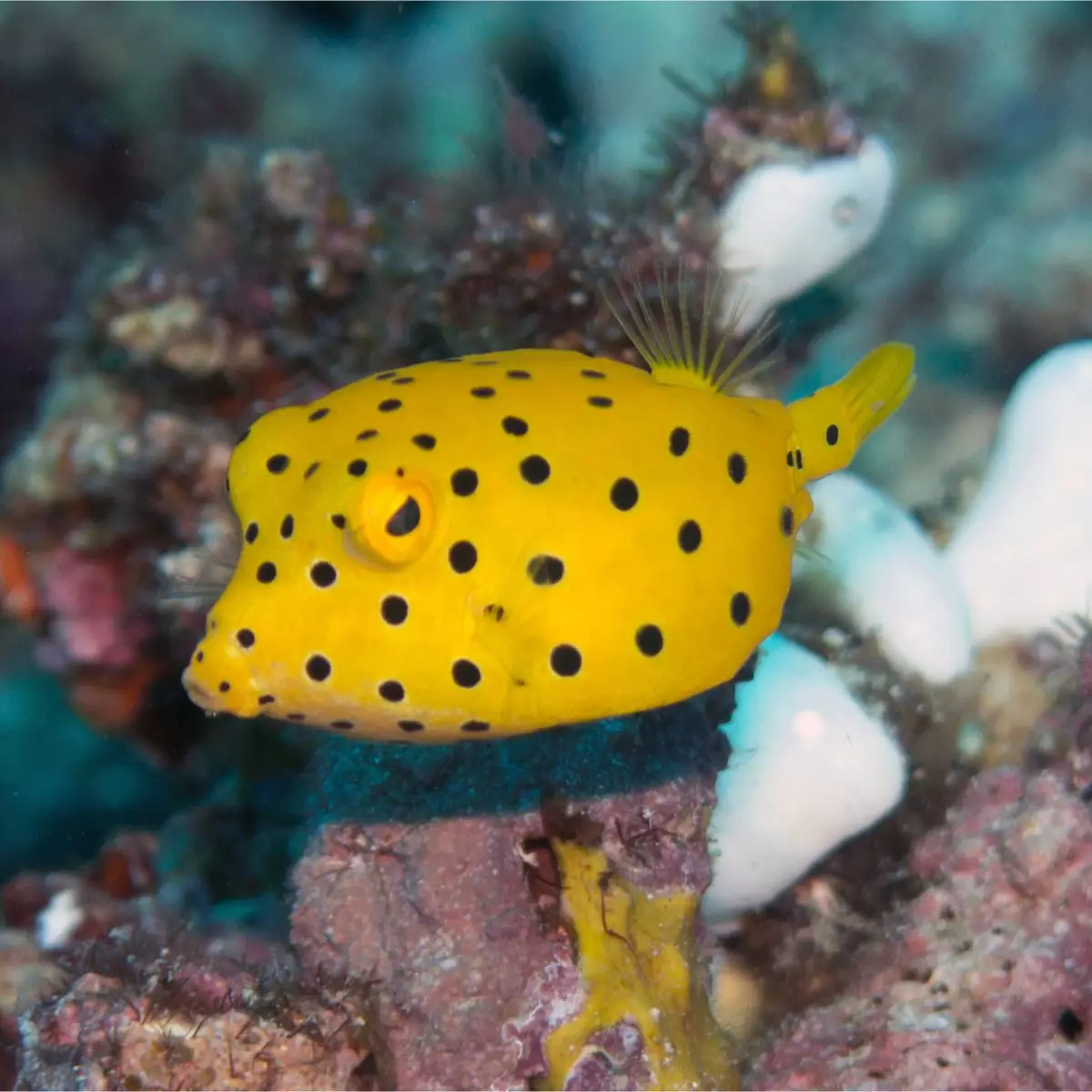
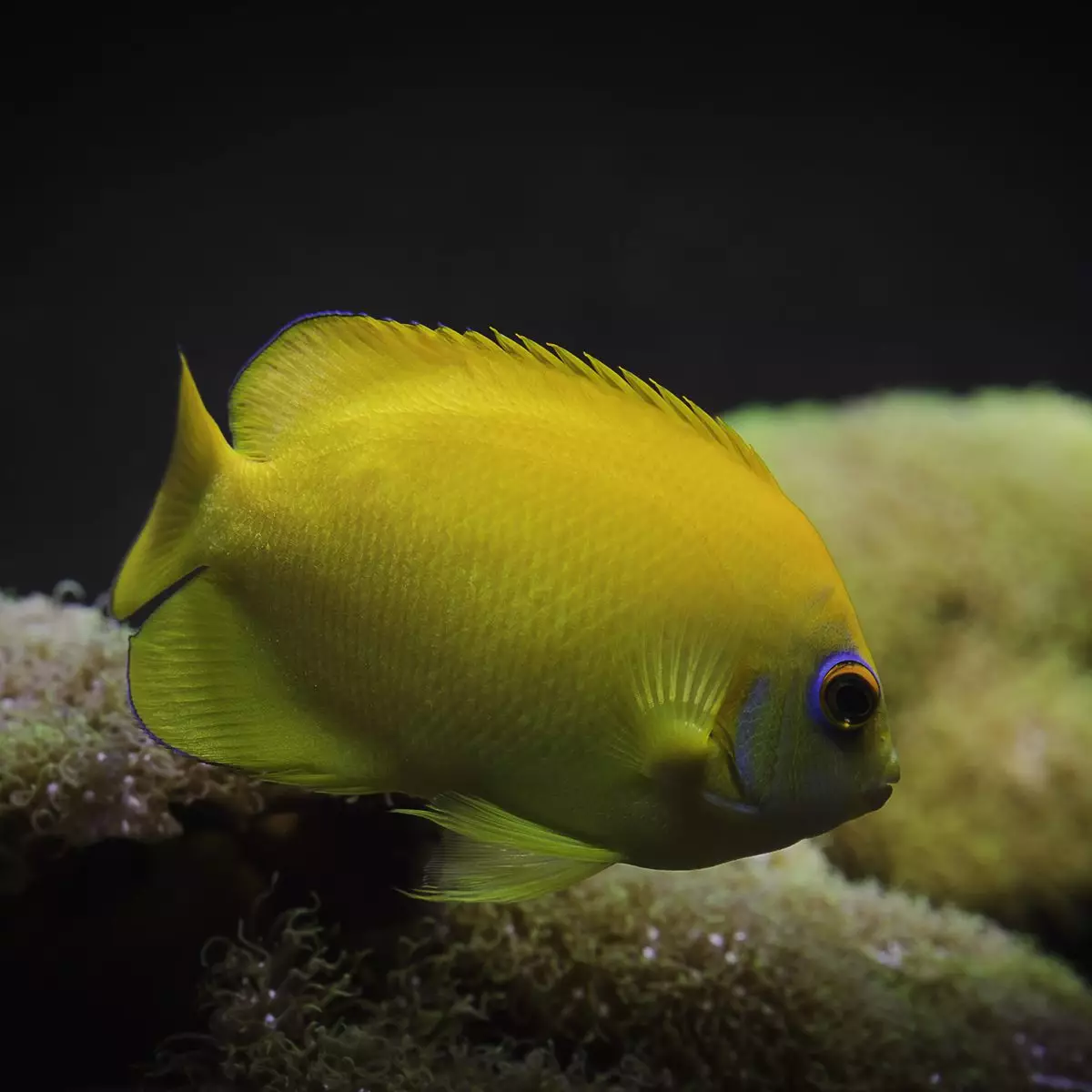
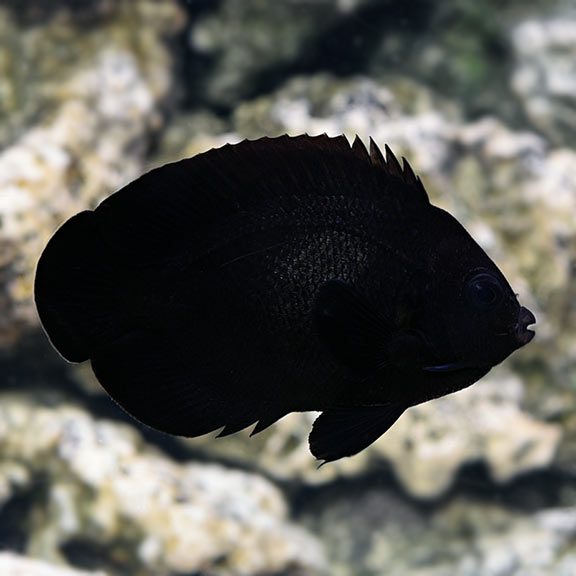
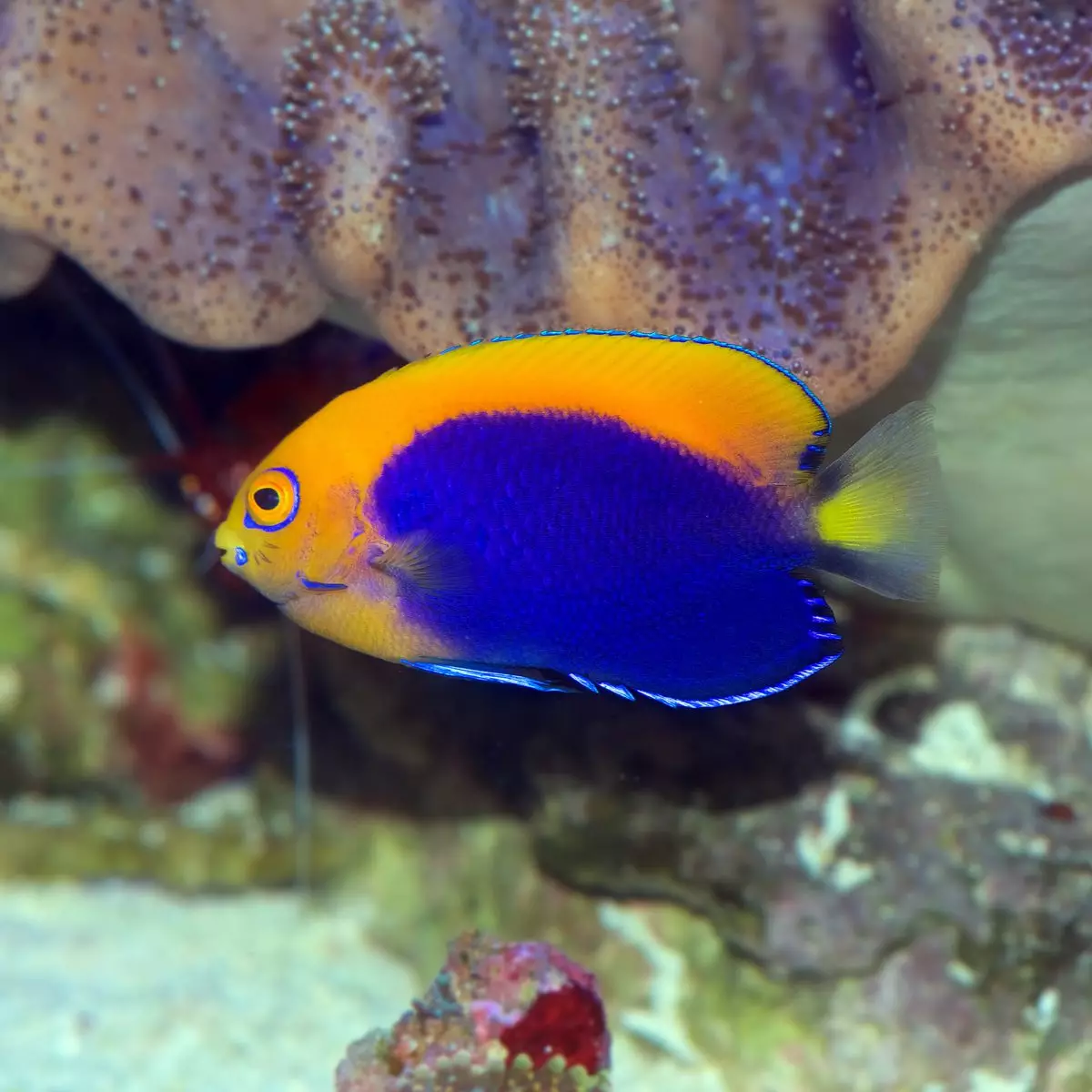
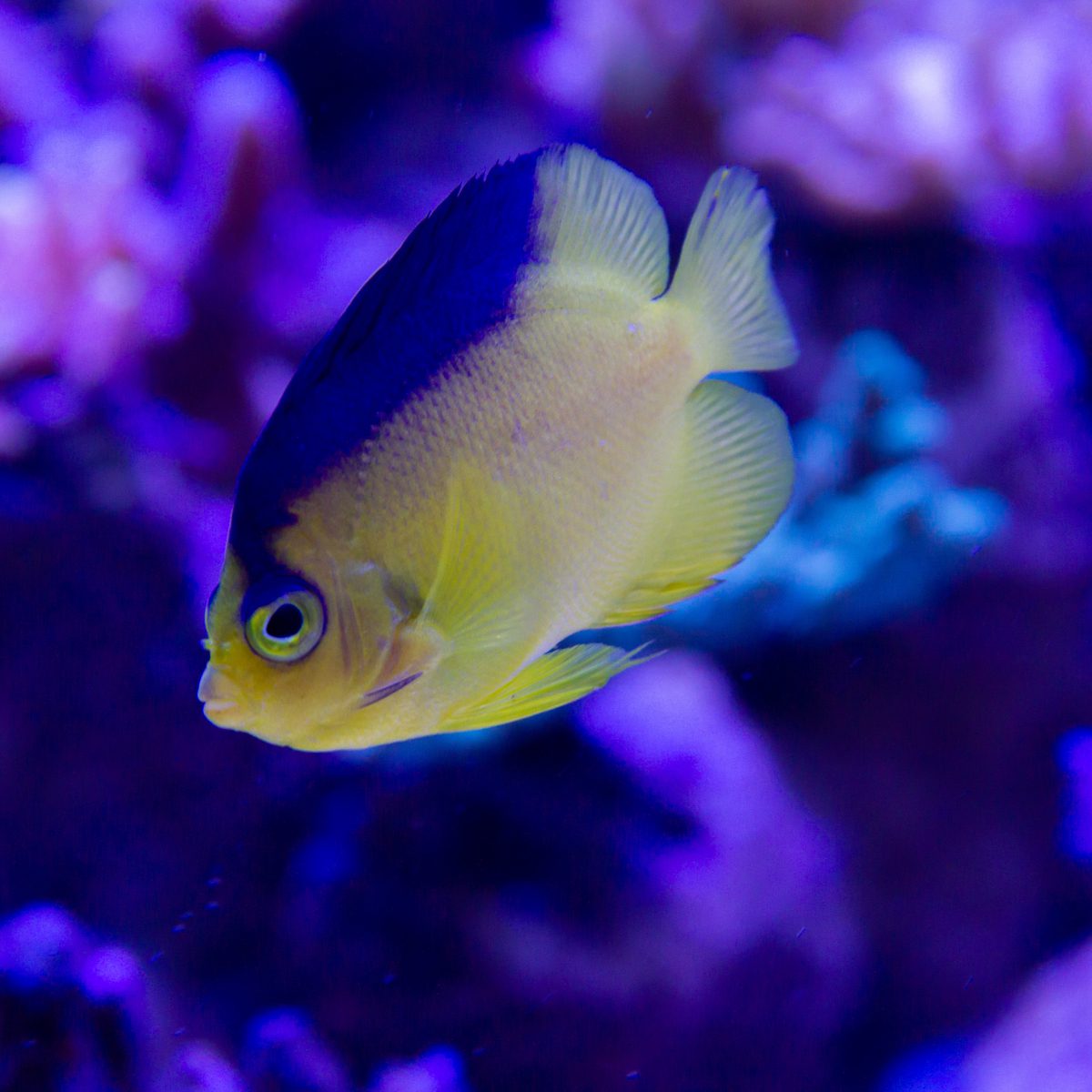
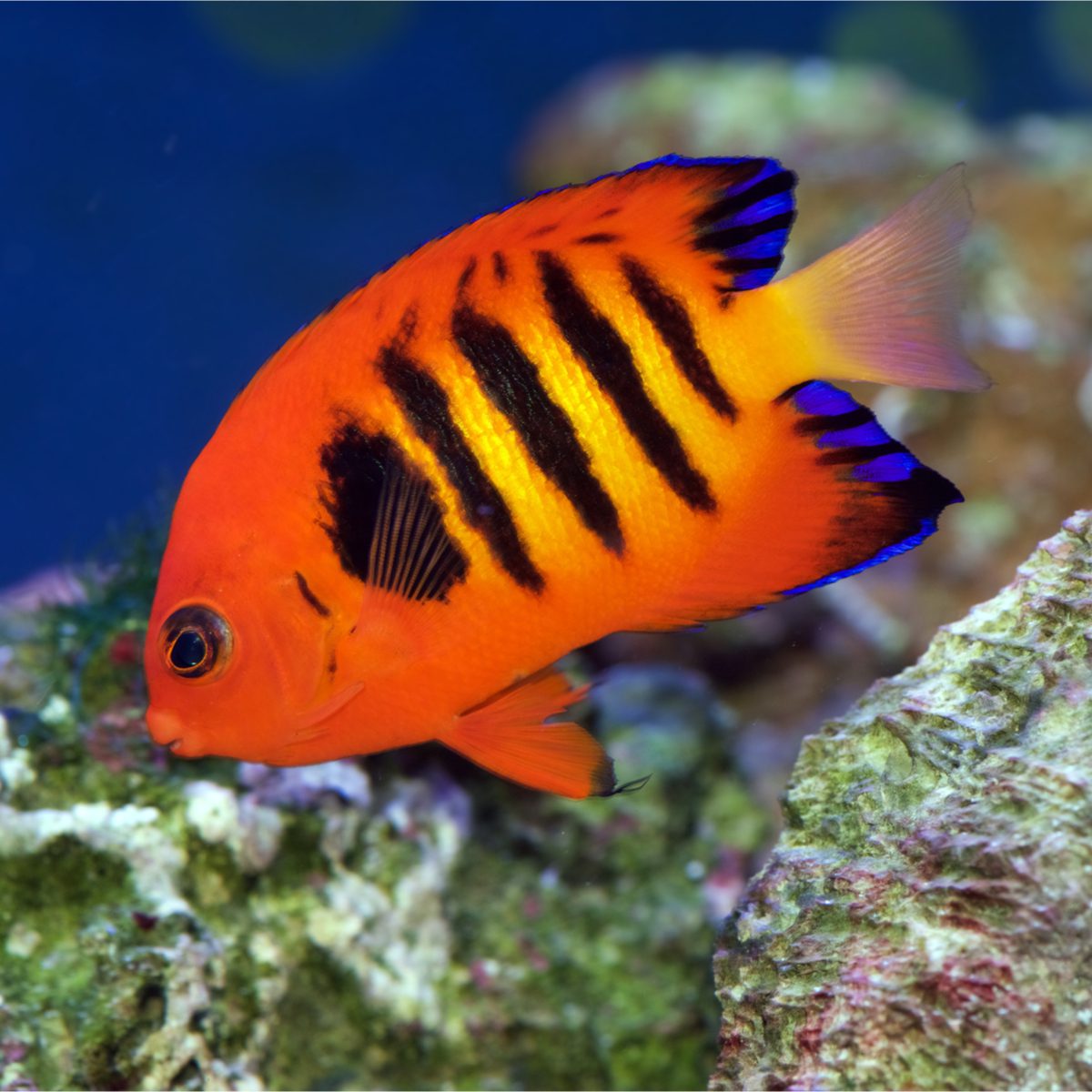
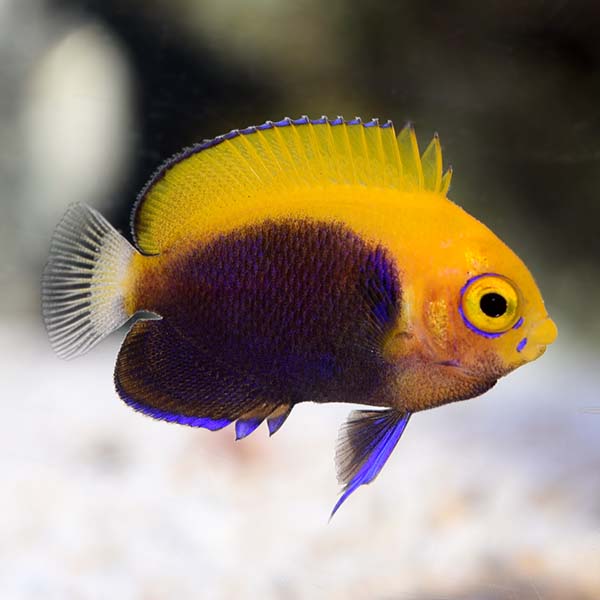
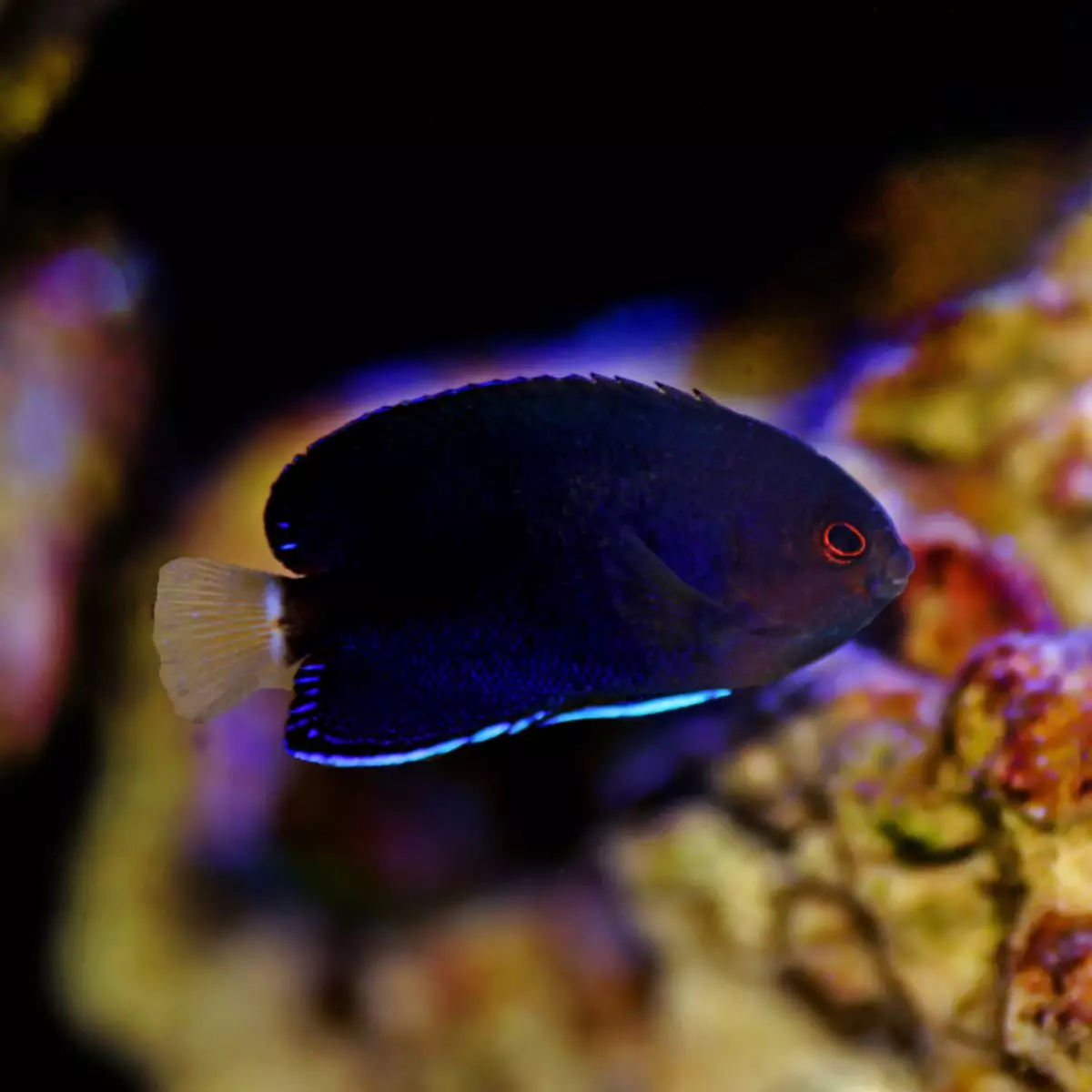
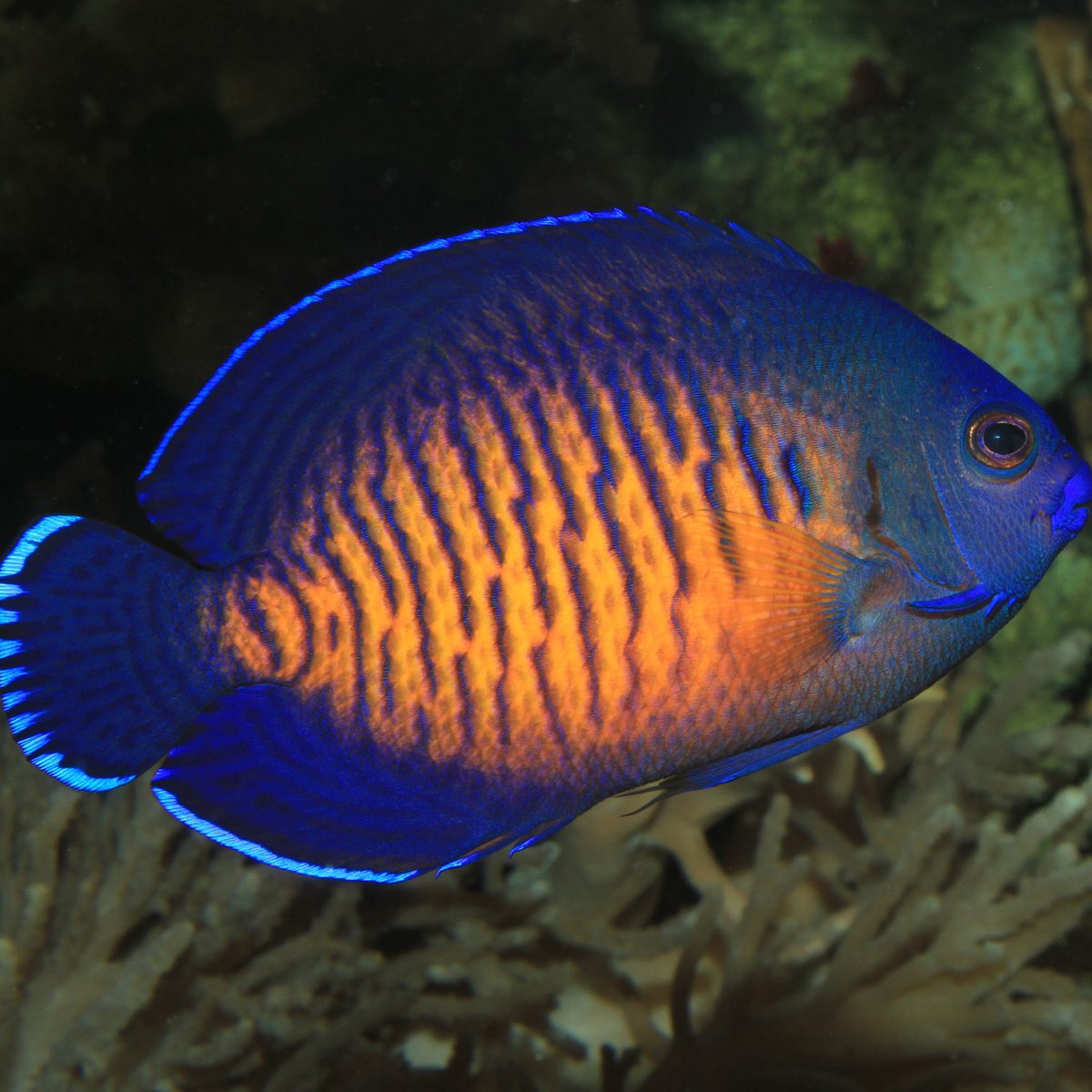

Reviews
There are no reviews yet.